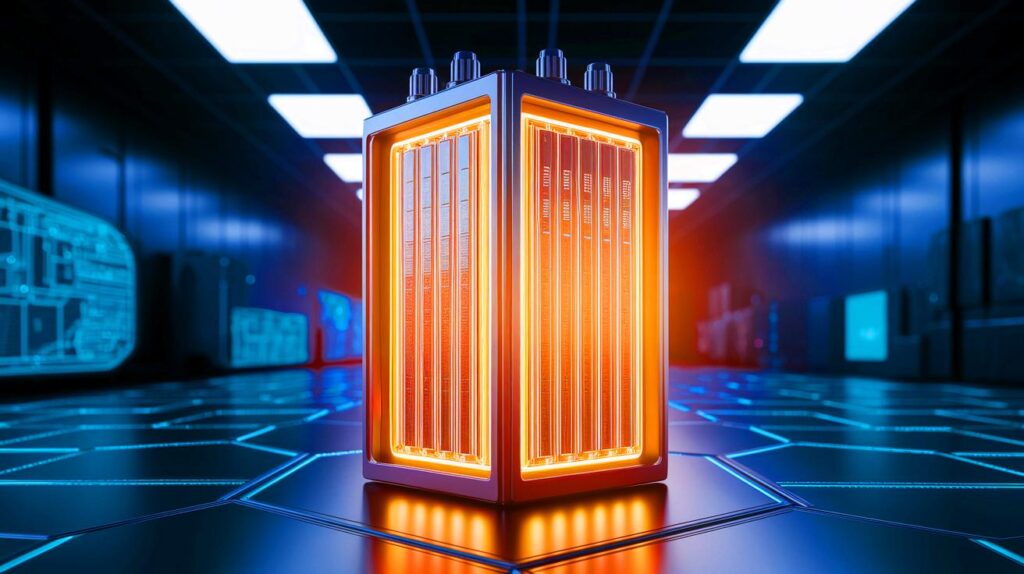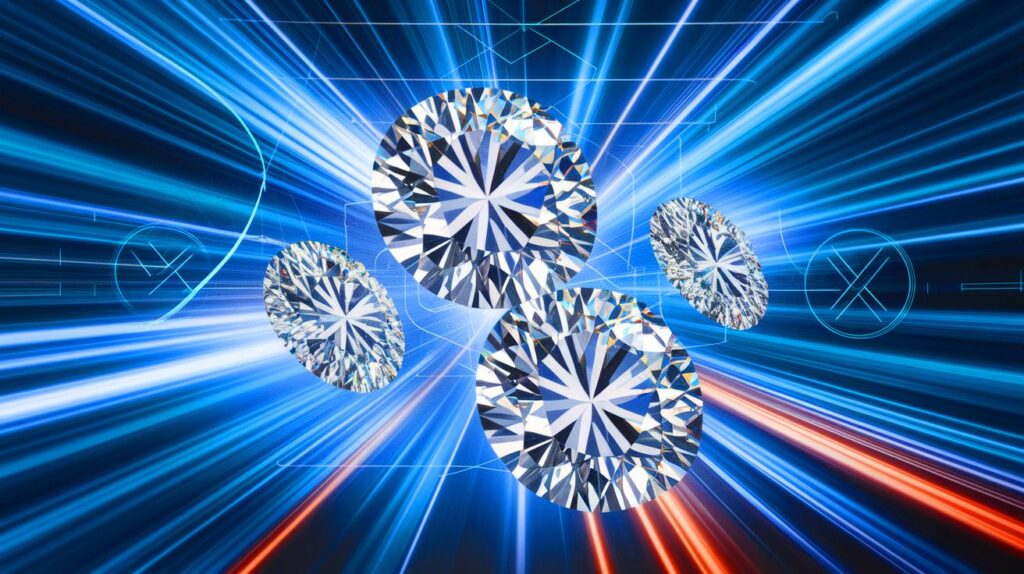| In Brief |
|
The lithium battery technology landscape is undergoing a major transformation thanks to a significant advancement that promises cheaper and more durable materials. This innovation is based on the use of a common lithium salt and the sublimation process. Researchers at the Pacific Northwest National Laboratory (PNNL) have demonstrated that natural sublimation can be harnessed to create single-crystal battery materials. This discovery could revolutionize the manufacturing of next-generation lithium-ion batteries, making the process more efficient and cost-effective.
Understanding Sublimation and Its Key Role
Sublimation is a process where a solid transitions directly into vapor, bypassing the liquid state. This phenomenon is often observed in comets, where ice turns into vapor as it approaches the sun. At PNNL, scientists applied this process to lithium oxide (Li2O). They found that by sublimating Li2O at atmospheric pressure, it speeds up the formation of unique crystals when mixed with nickel-rich precursors, essential for battery manufacturing. This discovery offers a potentially faster, more efficient, and cheaper method for increasing the production of nickel-rich lithium-ion batteries, according to Jie Xiao, a co-author of the study.
The Promise of Nickel in Battery Production
Creating battery materials is akin to baking: you mix the right ingredients, apply heat, and produce something useful. For batteries, the goal is to create effective materials for positive and negative electrodes, or cathodes and anodes. Nickel, a cheaper and more energy-dense material, has become a focal point for researchers aiming to enhance battery performance. Increasing the nickel content in lithium-ion batteries can make them more affordable and efficient. However, nickel-rich cathodes tend to form polycrystals, structures that can weaken and crack over time as the batteries charge and discharge. These cracks reduce battery lifespan. Single-crystal structures, such as those formed by sublimation, do not possess these weaknesses.
Decoding the Mystery of Sublimation
The groundbreaking discovery was made when Xiao’s team experimented with different lithium salts, including lithium oxide (Li2O). Unlike lithium hydroxide (LiOH), commonly used due to its low melting point, Li2O has a much higher melting point. Nevertheless, when combined with nickel-rich precursors at around 900°C, researchers found it easily formed single-crystal materials. Using a MicroReactor, they confirmed that the sublimation of Li2O triggered the reaction.
A Step Towards Sustainable Manufacturing
The implications of this discovery extend beyond new materials for fresh batteries. Xiao and his team also applied the sublimation process to convert used polycrystals into single crystals. They were able to recycle these materials into high-performance crystals through mixing and heating. “We can quickly ‘remanufacture’ into high-performance single crystals using this saline ingredient,” Xiao stated. This process could significantly streamline the recycling of battery materials and reduce production waste. The new single-crystal materials also performed well in tests, withstanding up to 1,000 charge/discharge cycles, indicating their potential for sustainable use in commercial batteries.
This advancement is generating great excitement, but challenges remain. Currently, the cost of using Li2O in battery manufacturing is too high for large-scale commercial use. However, Xiao noted that Li2O can be produced from other lithium salts, such as LiOH, which could lower costs. The team is now collaborating with industrial partners to scale up the process and make it more affordable. By 2026, Xiao hopes to supply single crystal materials to their partners. What will be the impact of this innovative technology on the global battery market?







